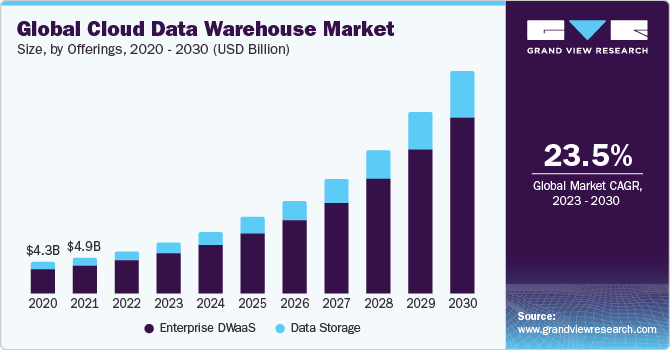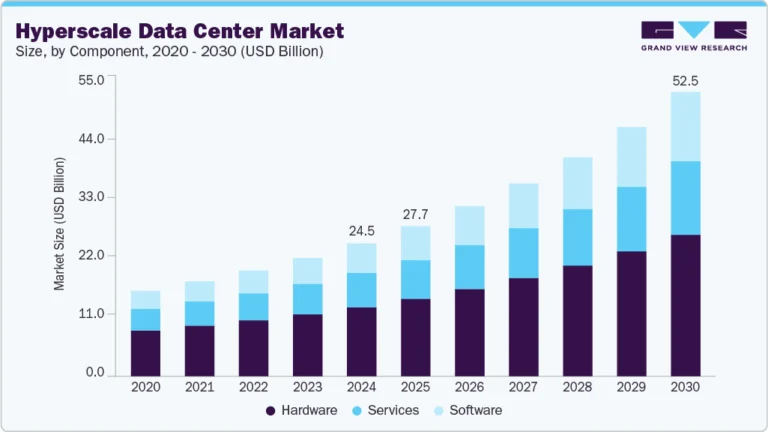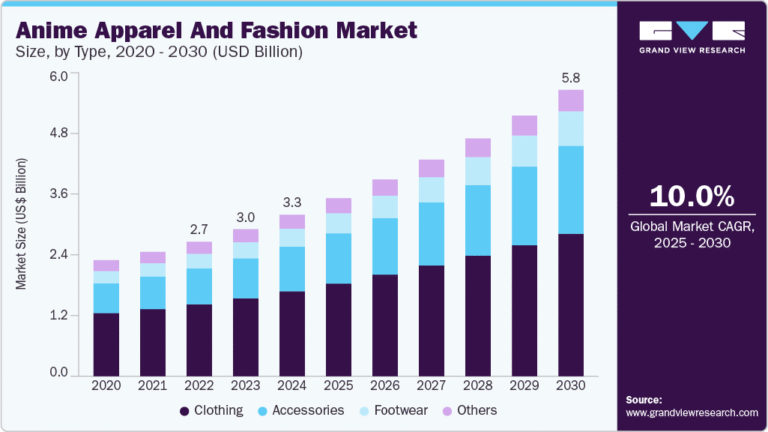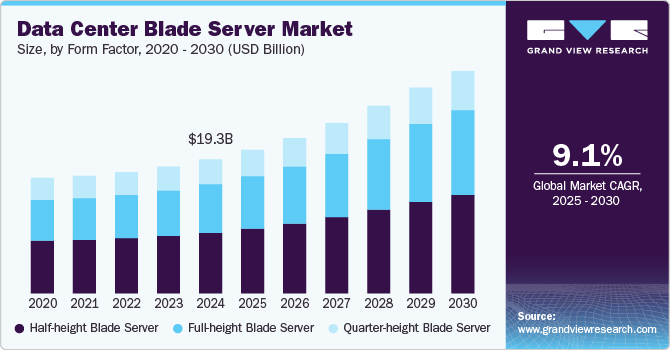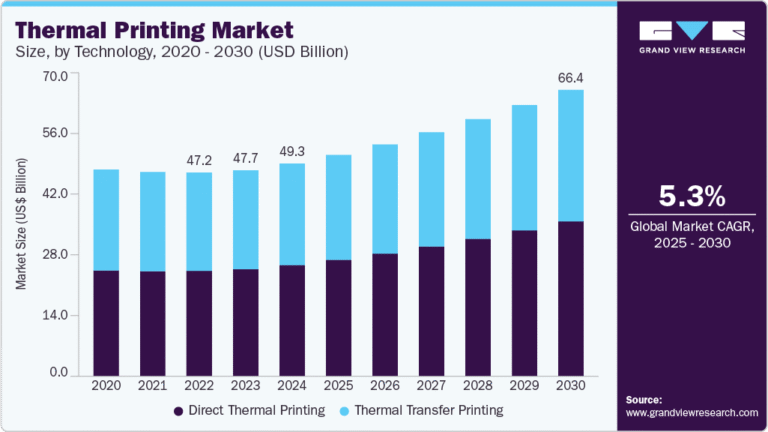Submarine Cables Market Size, Share & Trends Analysis growing at a CAGR of 5.6% from 2025 to 2030
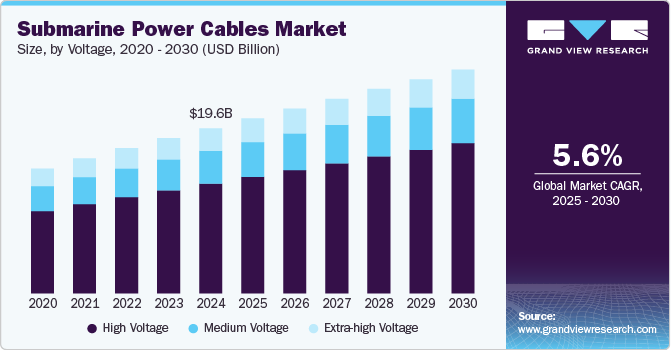
The global submarine cables market size was estimated at USD 31.70 billion in 2024 and is projected to reach USD 44.33 billion by 2030, growing at a CAGR of 5.6% from 2025 to 2030. The market is significantly driven by rising investments in offshore wind farms and increasing data traffic, fueled by OTT provider demands.
Key Market Trends & Insights
- Asia Pacific dominated the submarine cables market with a share of 38.6% in 2024.
- The growth of submarine cables in the U.S. is accelerating as demand forhigh-capacity data transmission surges.
- By application, the submarine power cable segment accounted for the largest revenue share of around 61.80% in 2024.
- By voltage, the high voltage segment accounted for the largest market revenue share in 2024.
- By component, dry plant products segment led the component type of submarine communication market in 2024.
Market Size & Forecast
- 2024 Market Size: USD 31.70 Billion
- 2030 Projected Market Size: USD 44.33 Billion
- CAGR (2025-2030): 5.6%
- Asia Pacific: Largest market in 2024a
Request a free sample copy or view report summary: https://www.grandviewresearch.com/industry-analysis/submarine-cables-market/request/rs1
Widely used for both power transmission (to oil rigs, offshore wind power, and interconnections) and communication, these cables are crucial for global internet traffic, carrying approximately 97% worldwide. The escalating need for power grid interconnections and the focus on integrating offshore renewables and enhancing energy security further propel market expansion. Consequently, the demand for both power and communication submarine cables is experiencing substantial growth.
The submarine communication cables carry around 90% of the data traffic across the world. In addition, their total carrying capacity is in terabits per second. As a result, they are the most valued cables for OTT and communication providers such as Google, Amazon, Facebook, and Microsoft. For instance, in October 2021 NEC, the Japanese IT company NEC announced plans to build a huge submarine cable with four crore fiber optics for Facebook. The submarine will hold a capacity of up to 500mbps across 24 fiber pairs. Most economies consider submarine cables a vital component of the economy and have set regulations to protect them from threats. For instance, the Australian Communications and Media Authority (ACMA) has created safety zones that prohibit activities that can damage these cables linked through Australia & the Rest of the World. In addition, it legalizes the Voltage of new submarine projects.
The communication cables have observed a surge in demand due to increased data traffic. Regions such as Europe, the Middle East, Asia Pacific, and Latin America have noted rising investments in submarine communication cables. Companies such as Google, Facebook, Amazon, Microsoft are the primary influencers of the submarine cables. Google owns 10,433 miles of submarine cables internationally and 63,605 miles in consortium with Facebook, Amazon, and Microsoft. Facebook owns 57,709 miles, Amazon owns 18,987 miles, and Microsoft owns 4,104 miles of submarine cables. Amazon’s cables run from the U.S. to the Asia Pacific region, connecting Singapore, Japan, California, and Oregon.
The efficient power transmission and distribution systems from renewable energy sources and the growth of offshore wind farms are expected to fuel the submarine cables industry growth. For instance, the Government of Japan is constructing a floating wind farm 12 miles away from the seacoast and is expected to install 140 floating wind turbines by 2020.
Growing demand has led the manufacturers to actively participate in the Voltage & commissioning, upgrades, and maintenance of the submarine cables. For instance, In January 2024, NEC Corporation announced the successful completion of a submarine cable system connecting Kochi and the Lakshadweep Islands in India. Spanning approximately 1,870 kilometers, the system offers an initial capacity of 2×100 Gbps, expandable up to 1,600 Gbps per fiber pair. This project, executed under the Government of India’s ‘Digital India’ Mission, aims to enhance digital connectivity and socio-economic development in the region.

